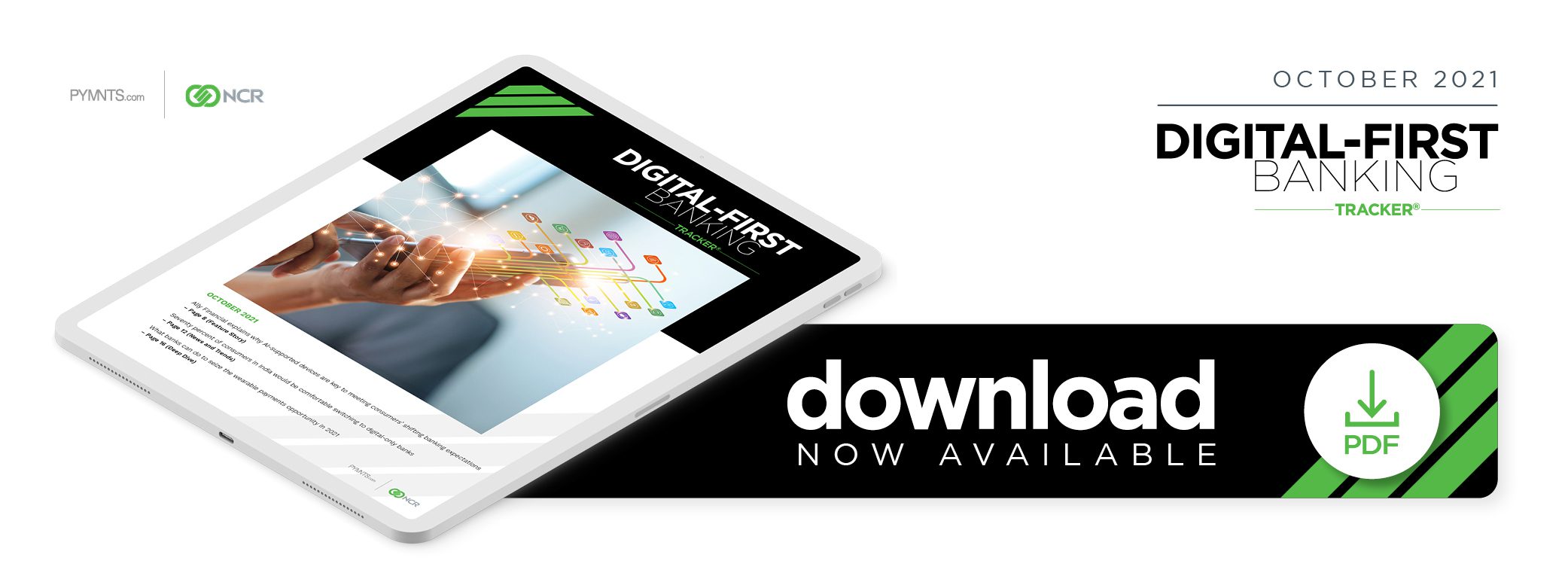Deep Dive: How Banks Can Capture the Wearable Payment Opportunity

Convenience is more important than ever in banking today, with the pandemic continuing to drive consumers’ exploration of new payment methods and technologies.
Contactless payments via smartphones skyrocketed in 2020, and this trend is expected to continue. One study projected that there will be 49 billion mobile contactless transactions in 2023, up from 26 billion this year. Banks and retailers have moved swiftly to keep pace with these developments, taking steps to support the touchless payment tools with which consumers are growing more comfortable.
Touchless payment adoption can help financial institutions (FIs) build long-term customer loyalty, but contactless methods’ growing popularity has also piqued consumers’ interest in emerging technologies, such as wearables. One news article reported that 35.3 million wearable payment devices were sold in the first half of this year — a 34% increase from 2020. Trust in smartwatches has also grown steadily in recent years, with these devices representing 68% of those wearable sales. Sixty percent of consumers in one September 2020 survey believed it would be more secure to store personal and payment data on wristbands than on separate devices or applications, underscoring their faith in these tools’ security.
The following Deep Dive examines how emerging technologies such as wearables and Internet of Things (IoT)-connected devices are becoming more integral to digital-first consumers’ modern banking needs. It also takes a closer look at how supporting these innovations can improve customer satisfaction and engagement.
Making Room for Wearables
Interest in wearable devices’ potential in the banking and payments spaces did not begin during the pandemic. Financial and technology professionals have written about their potential for years, while banks and payment providers have even partnered with fashion brands to show off the devices’ capabilities to both industry players and tech-savvy consumers.
However, the technology still occupied a novelty status for the average consumer before 2020. In the United States, adoption of even touchless payment tools was lukewarm at best until public health concerns drove consumers to try smartphone payments. One pre-pandemic study reported that just 19% of American consumers indicated a preference for contactless payments, for example, whereas the global mark was 45% on average.
Interest in online-only banking institutions is expanding in the U.S. alongside public gravitation toward more advanced technologies. A PYMNTS study found that 43% of consumers are interested in online banking services from large-scale FIs, and 24% who use digital-only banking services tap them for the convenience they offer.
The importance of convenience seems to be influencing consumers’ receptivity to wearables or IoT-connected smart devices, which enable them to make purchases or conduct routine financial tasks without leaving the comfort of their homes. Consumers are also becoming particularly enamored with wearables they can use to make payments swiftly and seamlessly at the physical point of sale (POS).
Seventy-two percent of consumers in a January study believed wearable payment devices represent the future of brick-and-mortar shopping, for example. Supporting these devices should be one of banks’ top goals, but this support must provide security as well as convenience.
Bridging the Trust Divide
Consumers are beginning to view wearable devices as more than a novelty, but are still tapping these tools for a somewhat narrow range of purchases, suggesting a lingering trust gap. Reports found that though many customers are open to using wearable devices for small-ticket items, they remain wary of utilizing them for larger or more complex transactions.
Seventy-two percent of consumers in one report were comfortable leveraging wearable wristbands for purchases worth less than $30, for example, while 17% said they would be fine using the payment tools to make purchases of any amount.
FIs that invest in technology supported by wearable devices can earn lasting customer loyalty and engagement as these innovations continue their evolution from experimental tools to familiar payment forms. Banks of all sizes looking to capture consumers’ attention will want to develop their banking tools and features accordingly.

